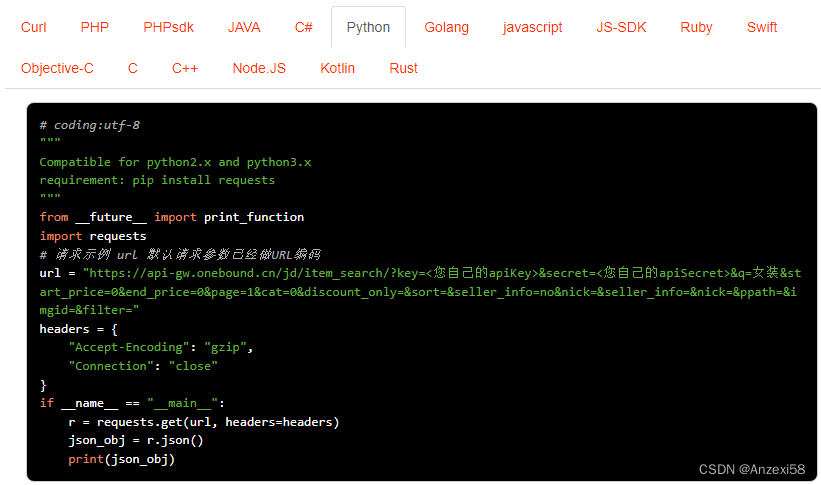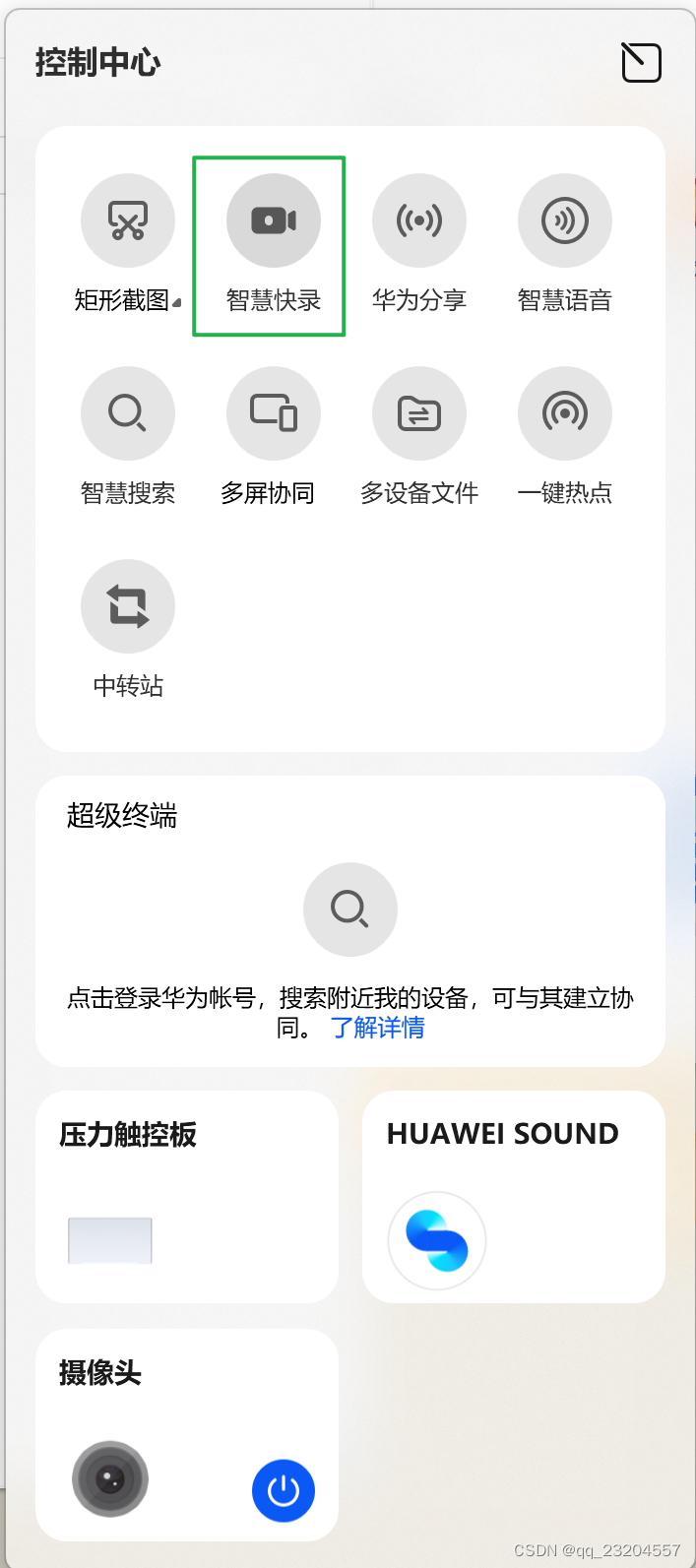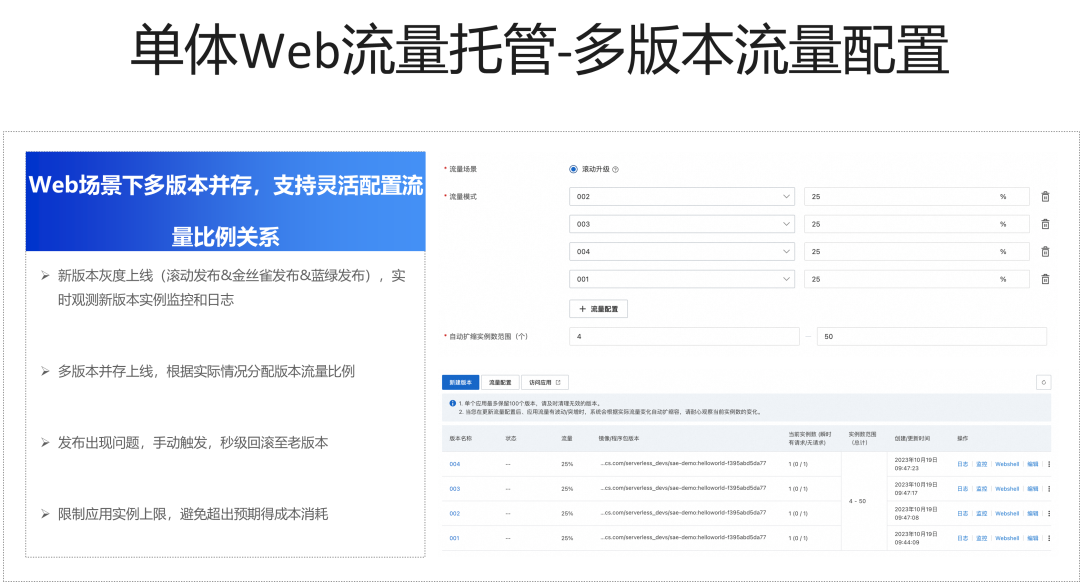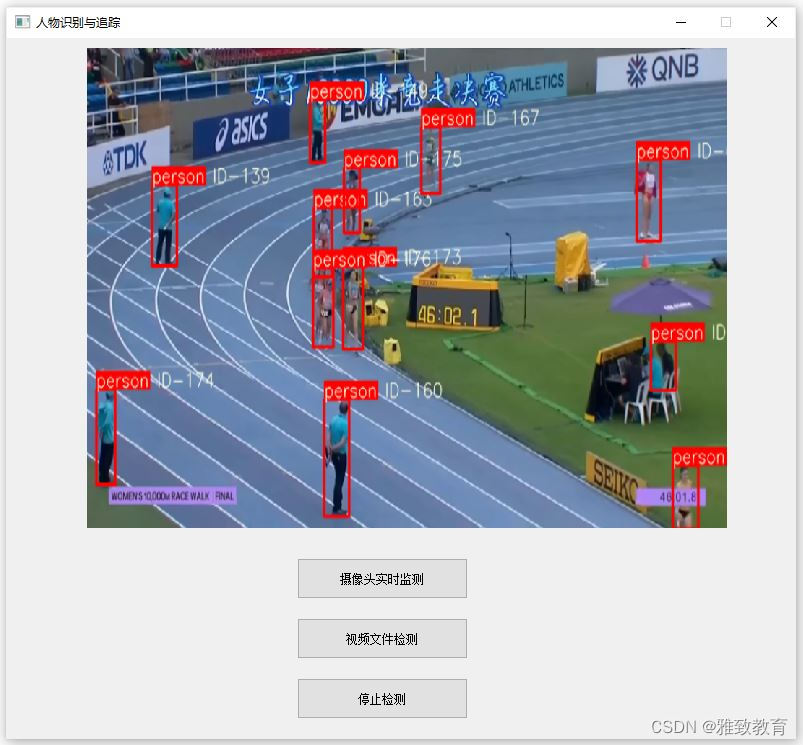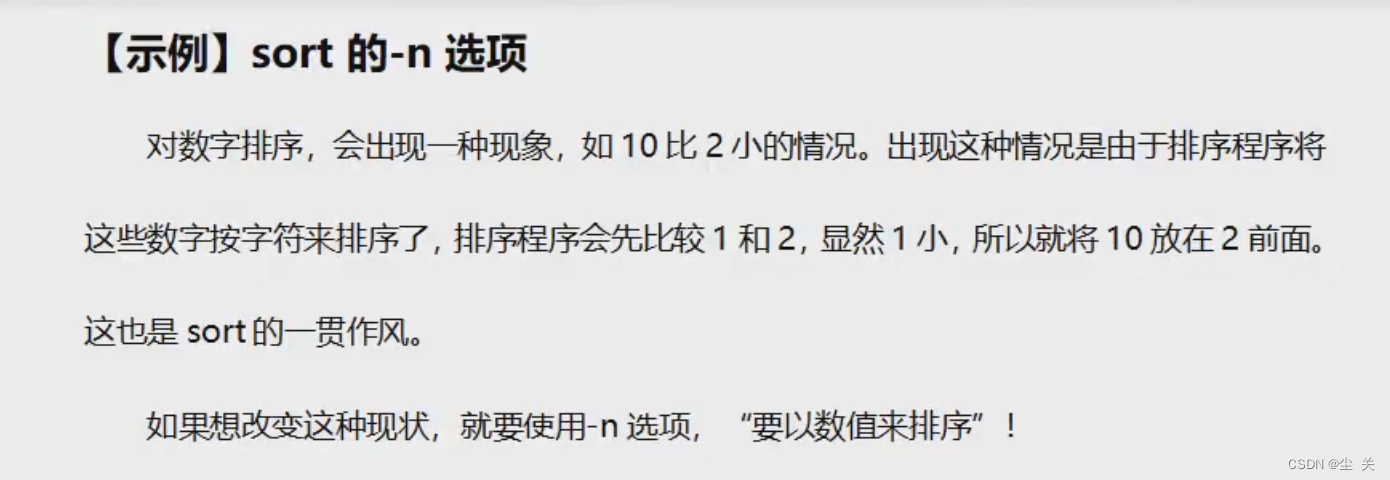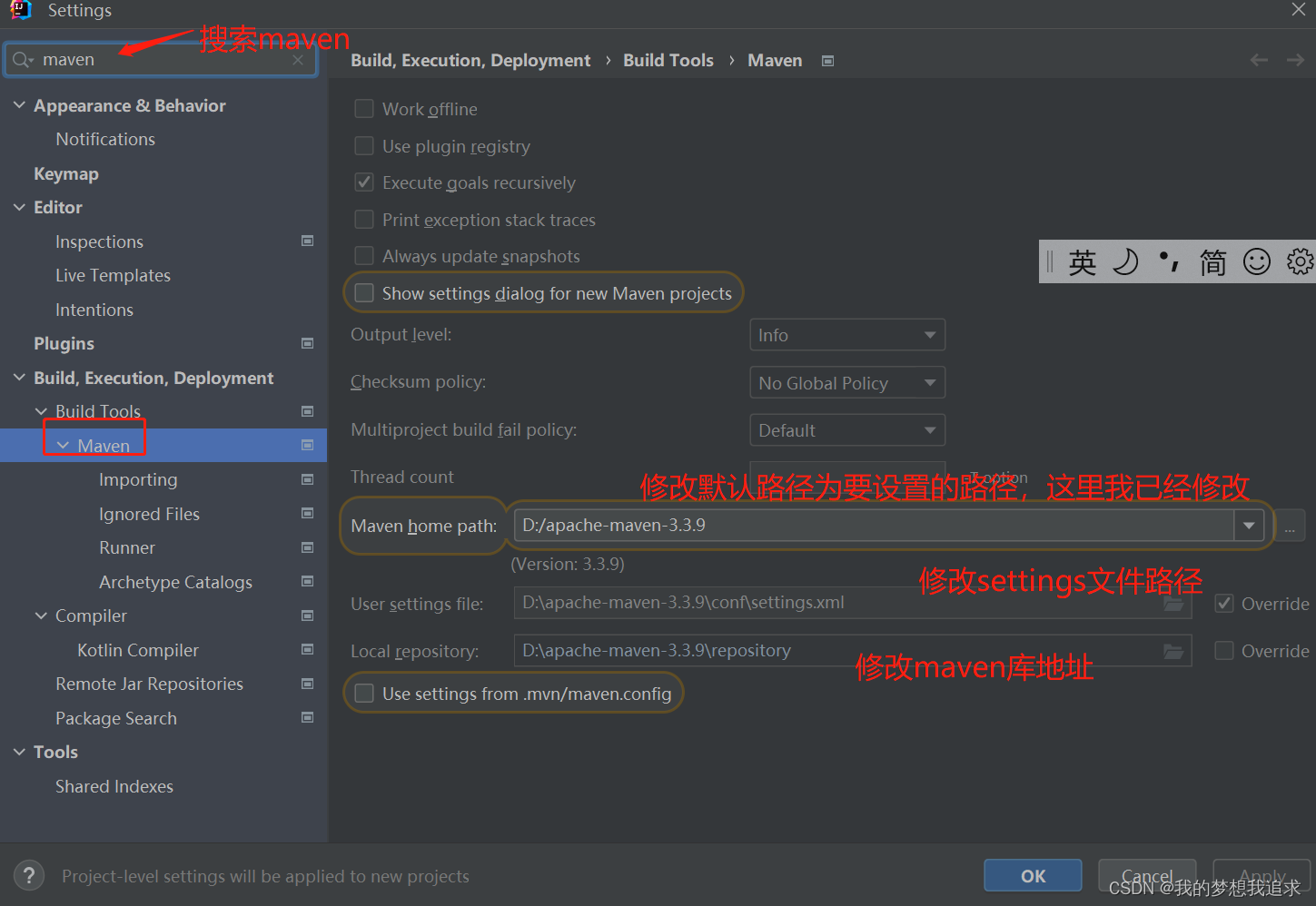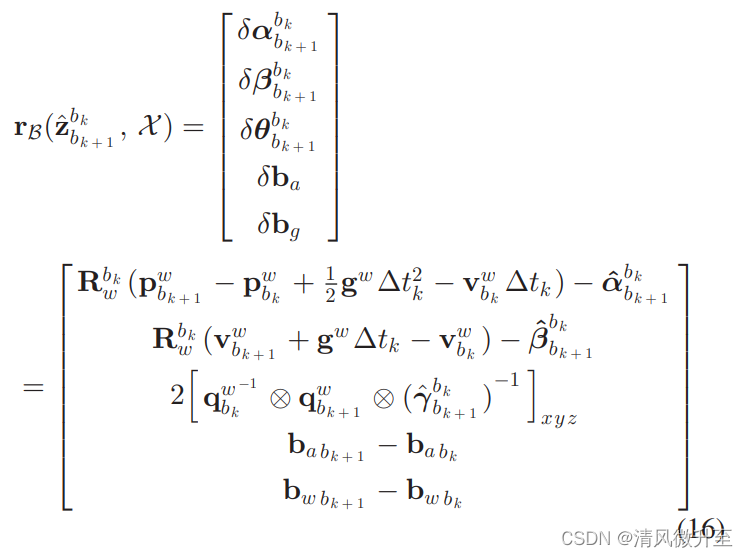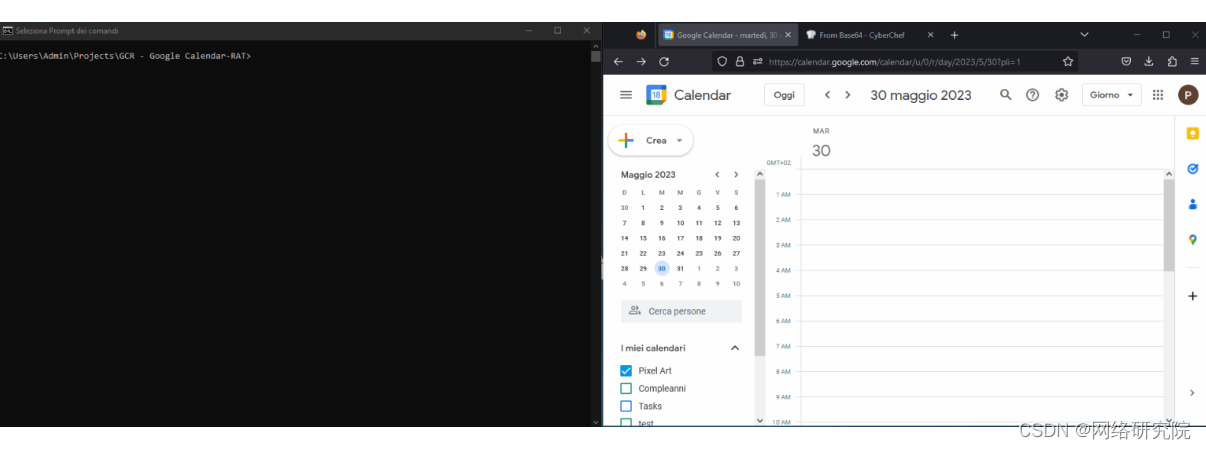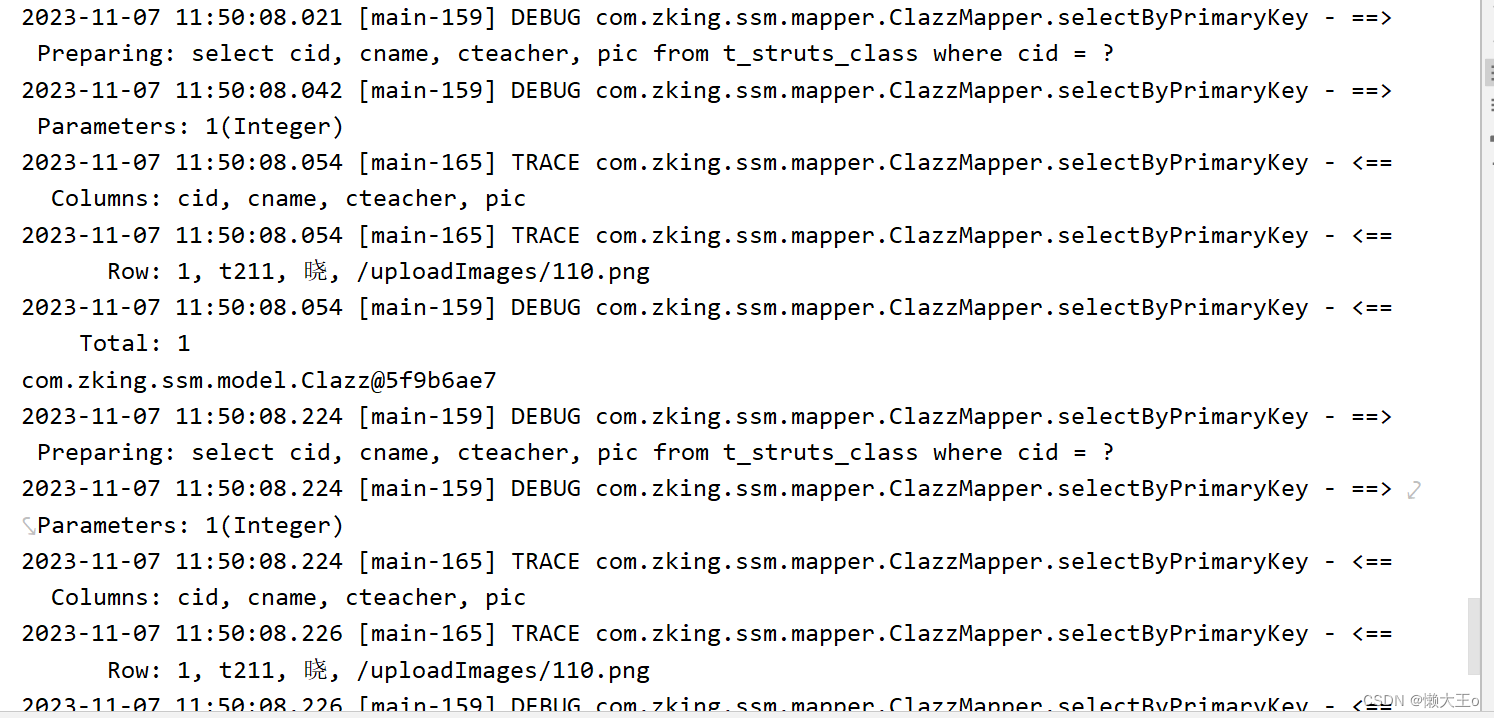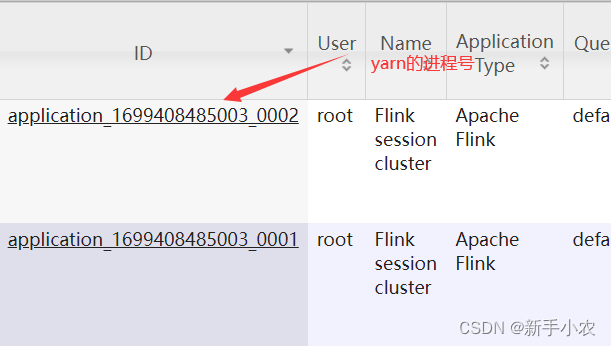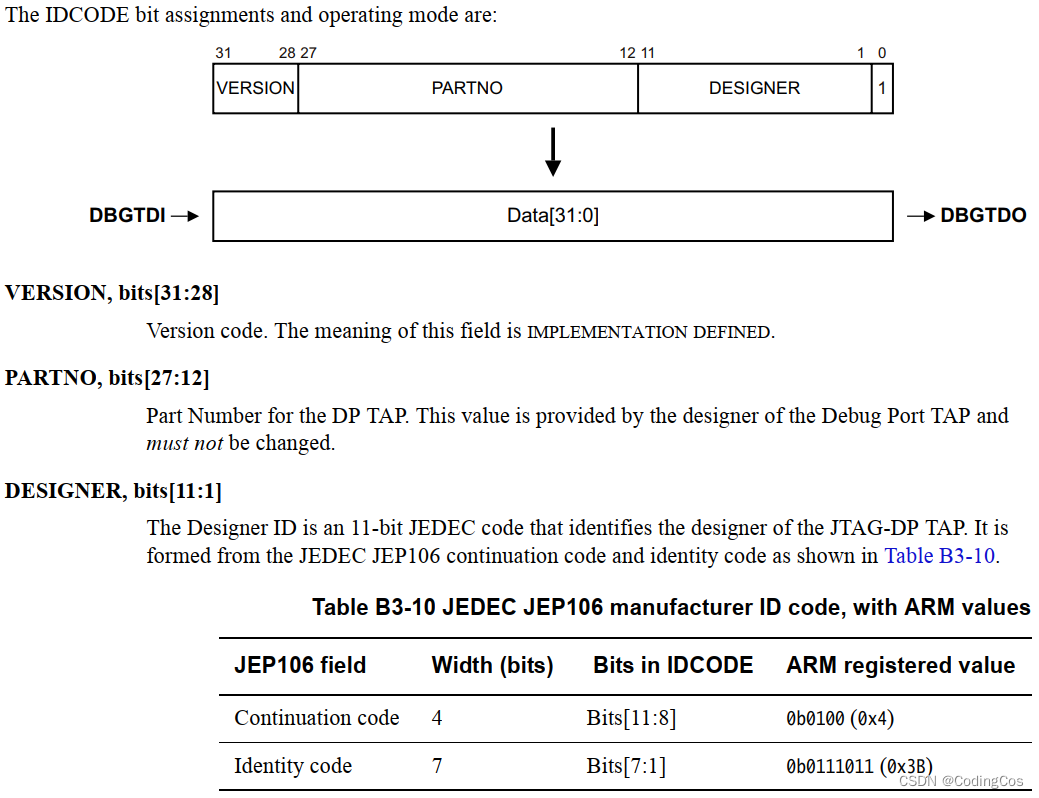一,SQL最重要的增删改命令格式
1,insert into 表名(不写这个括号里面的内容就默认所有字段都要添加) values() 插入单条数据
2,insert into 表名 (里面是列名) values(根据列名依次对应)()插入多条数据
删除
3,drop table 表名 删除表 删除数据库drop database 数据库名;
4,delete from 表名 where 条件 删除表中的数据一行的内容
5,alter table 表名 drop 字段名/约束 删除字段/约束
改,更新
6,rename 表名 to 新表名 更改表名 /alter table 旧表名 rename to 新表名
9,alter table 表名 change 旧字段名 新字段名 字段类型 约束
7,alter table 表名 modify 字段名 值 类型 约束
10,alter table 表名 add 字段名 类型 往表中添加字段
8,update 表名 set 字段=新值,字段2=新值 where条件 更改表数据
二,查询的基础知识
1,简单查询(快捷输入selw)
select 字段名 from 表名 where 条件
查询时可以对字段进行处理
select cid+1 from mytable where cname=‘家电’;
distinct 对查询的字段名进行去重处理
select distinct cname from mytable ;
2,模糊查询(_表示占一位,%匹配任意多个字符)
select * from user where cname like ‘_字%’
③非空查询 is null或is not null
select *
from mytable
where desc is null;
3,排序查询asc升序,desc降序
select *
from mytable
order by(cid) desc ;
同时对多个字段进行排序,当第一个排好了之后才对第二个进行排序
select * from mytable
order by cid desc ,cname desc;
4,聚合查询
count()统计指定列不为null的记录行数 select count(distinct cname) from mytable; 去重查询
sum()求指定列数值的总和
avg()求平均价格
max() ,min()最大,最小select max(cid),min(cid) from mytable;
5,分组查询(相同的可以分成一组)(where后面不能跟聚合函数)
分组的字段可以有多个,根据多个查询后,having可以进行条件判断
select *
from mytable
group by sex,desc having sex=‘男’;
6,分页查询(limit m,n;参数意思,索引值从0开始,查询5条数据)
select * from mytable limit 0,5;
表示从第0条数据开始1,每页查询5条数据
7,多表查询
内连接 select 字段,字段 from 表a inner/left/right join 表b on a.字段 = b.字段
select * from mytable inner join student s on mytable.cid = s.cid
内连接,左连接,右连接
基本区别:
8,外键约束
constraint foreign 从表(从表字段名) references 主表(主表主键)
例如:向表中添加主键约束
创建表后,使用alter table关键字添加主键 alter table 表名 add primary key(字段名);
删除主键约束 使用alter table关键字删除主键 alter table 表名 drop primary key;
例如:向表中添加外键约束
alter table 表名 add foreign 从表(从表字段名) reference 主表(主表主键字段)
注意:
当从表插入数据时,如果连接字段主表没有,则会报错(插入数据时,需要根据主键字段名来插入对应的值)
当删除主表主键字段时需要先删除从表中对的该字段,不然会报错。
9,case when 语法
case
when 条件判断 then条件成立,返回的值
when 条件判断 then条件成立,返回的值
else 返回的值
end as 别名
# 根据判断条件创建新的字段,拥有几个when就会分成多消耗类
select product_name,product_id,
case
when units_in_stock>100 then '高'
when units_in_stock between 50 and 100 then '中'
when units_in_stock between 10 and 50 then '低'
else '无法判断'
END AS nun
from products
order by nun desc;
2,case when之后根据起的别名进行分组,更方便
3,case when和count(),将case when放入coutn()里面进行判断


